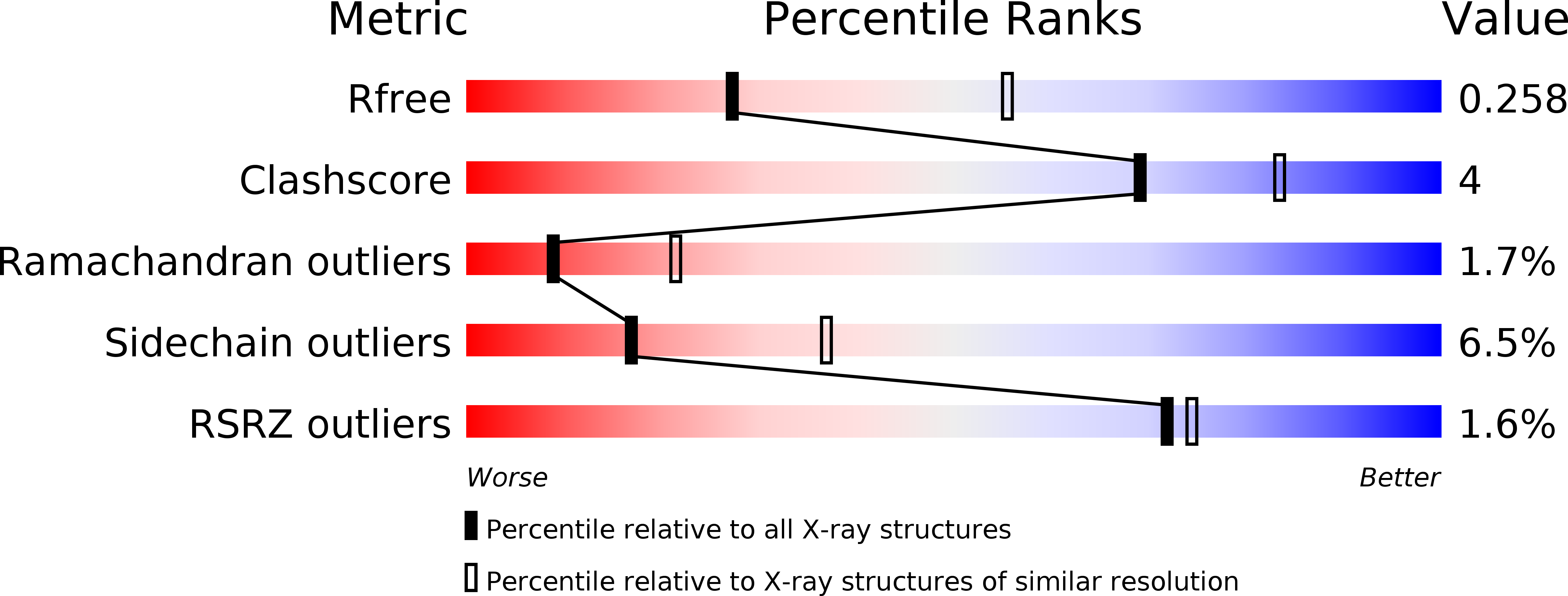
Deposition Date
2007-05-15
Release Date
2007-08-21
Last Version Date
2023-12-13
Entry Detail
PDB ID:
2V0N
Keywords:
Title:
ACTIVATED RESPONSE REGULATOR PLED IN COMPLEX WITH C-DIGMP AND GTP- ALPHA-S
Biological Source:
Source Organism:
CAULOBACTER VIBRIOIDES (Taxon ID: 190650)
Host Organism:
Method Details:
Experimental Method:
Resolution:
2.71 Å
R-Value Free:
0.25
R-Value Work:
0.21
R-Value Observed:
0.21
Space Group:
P 21 21 2


